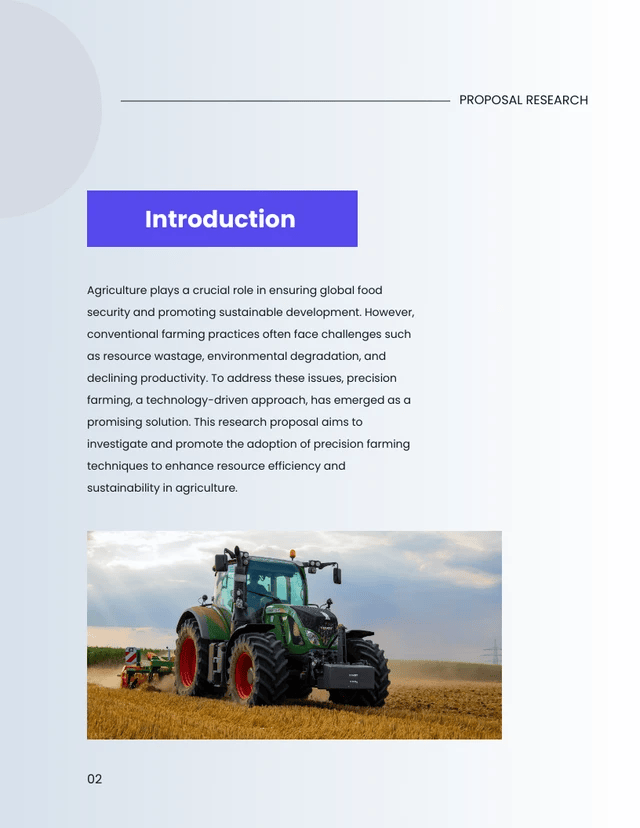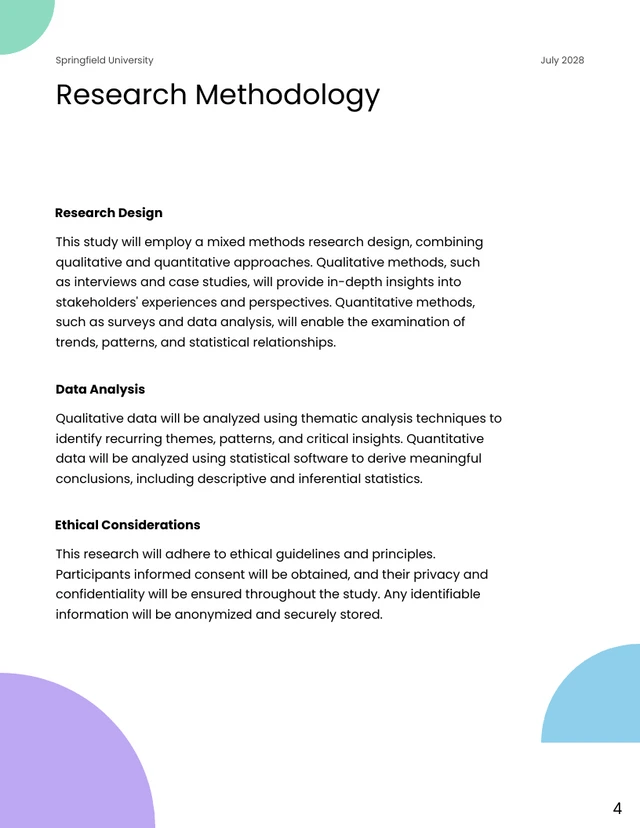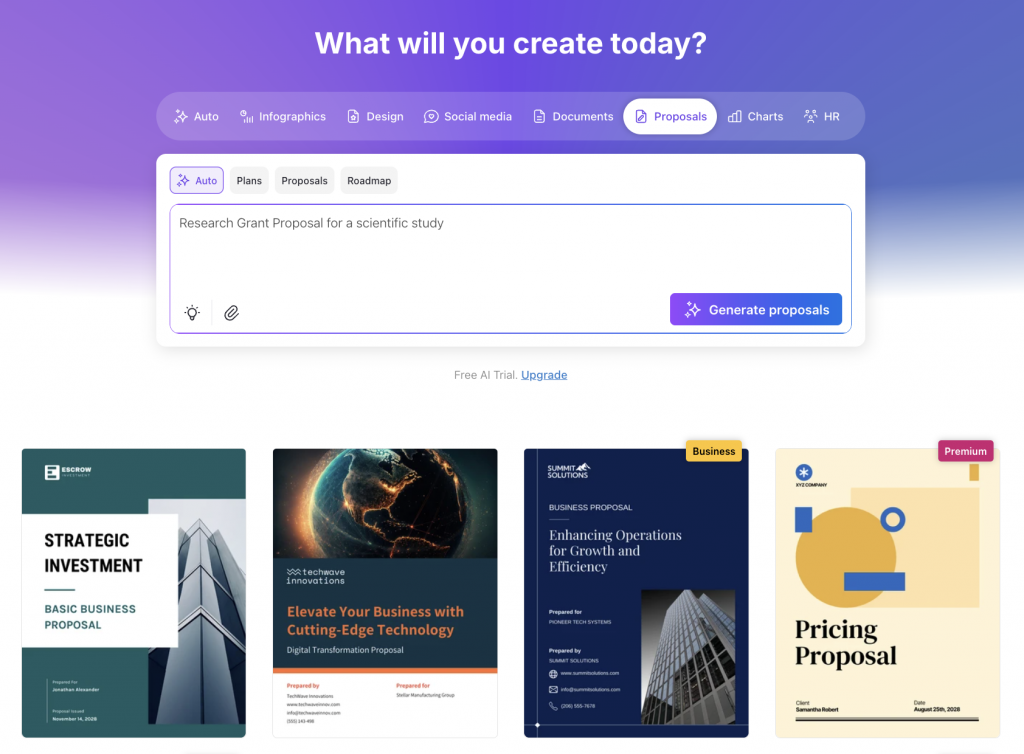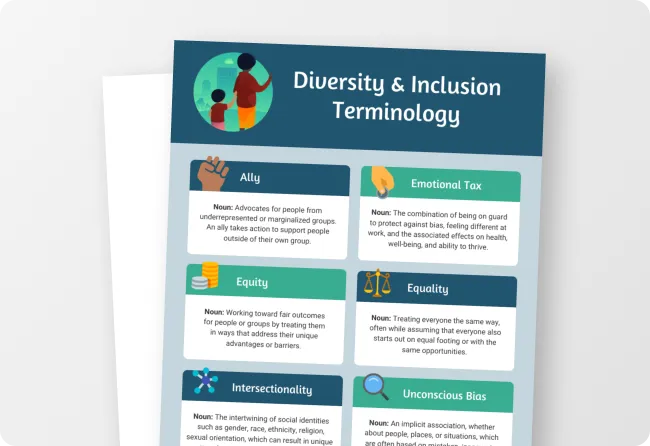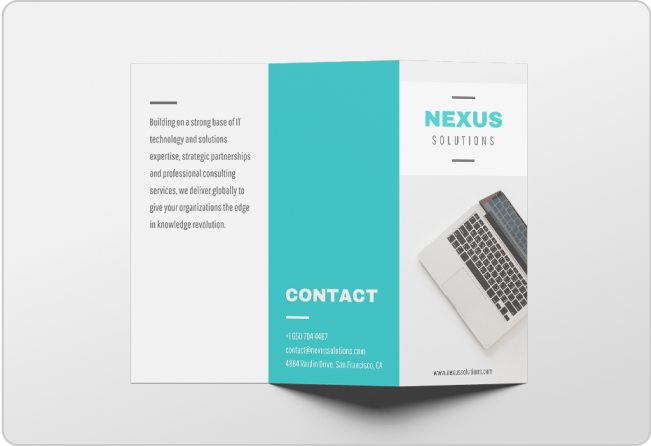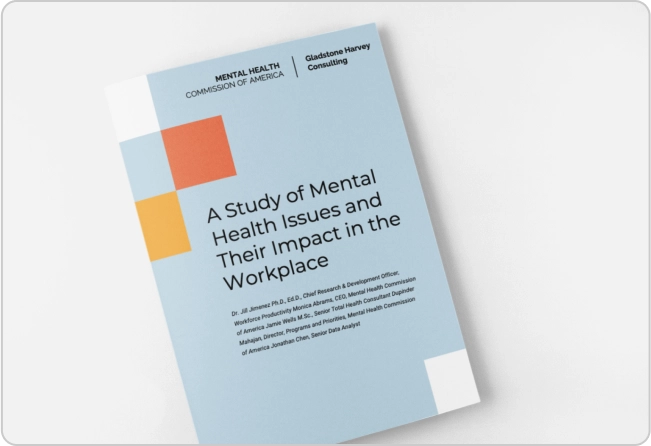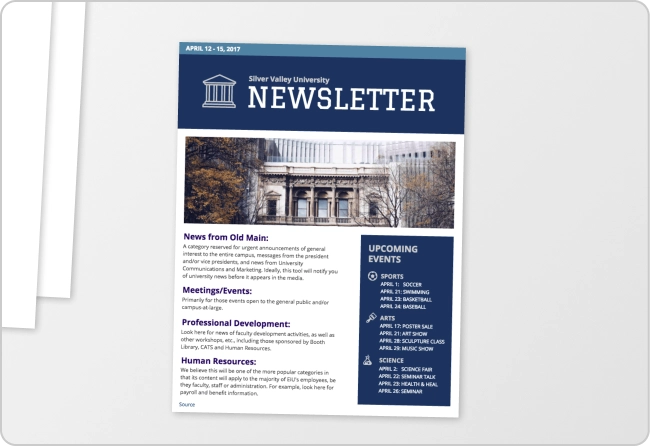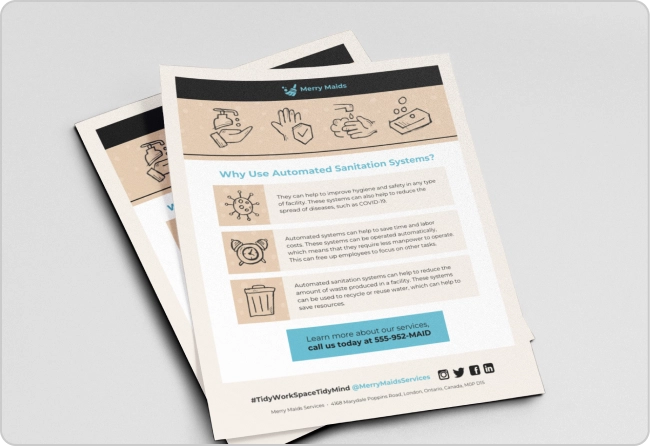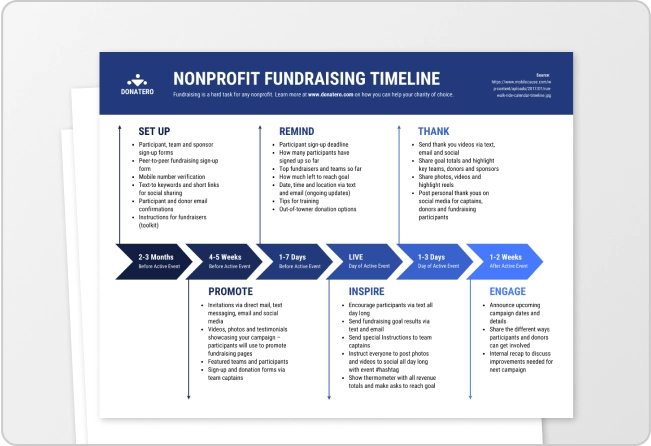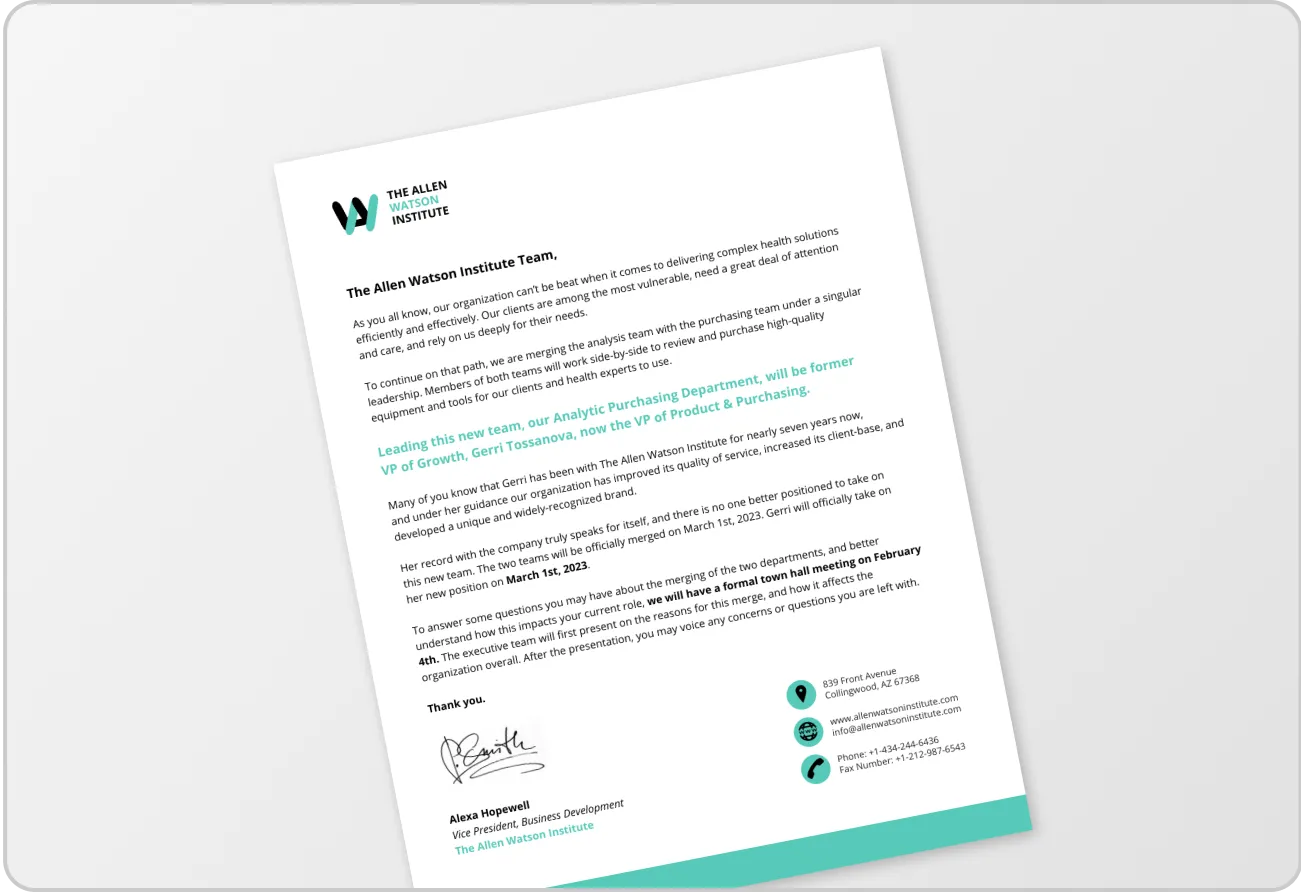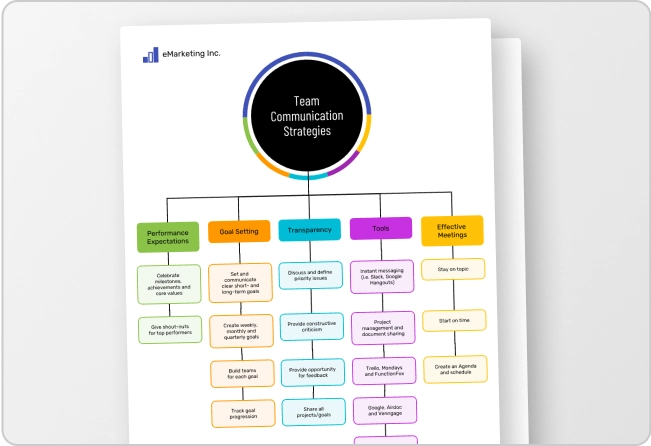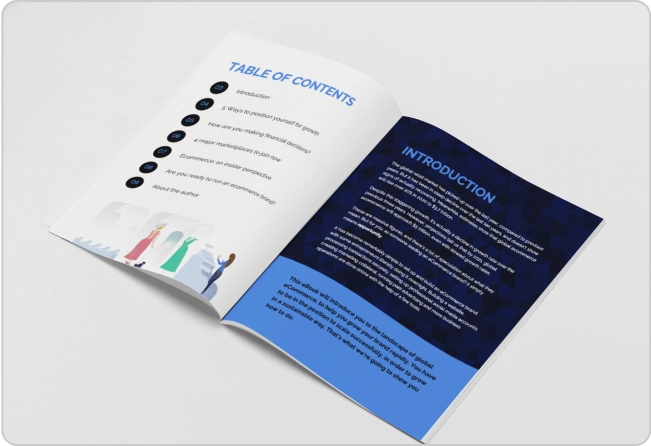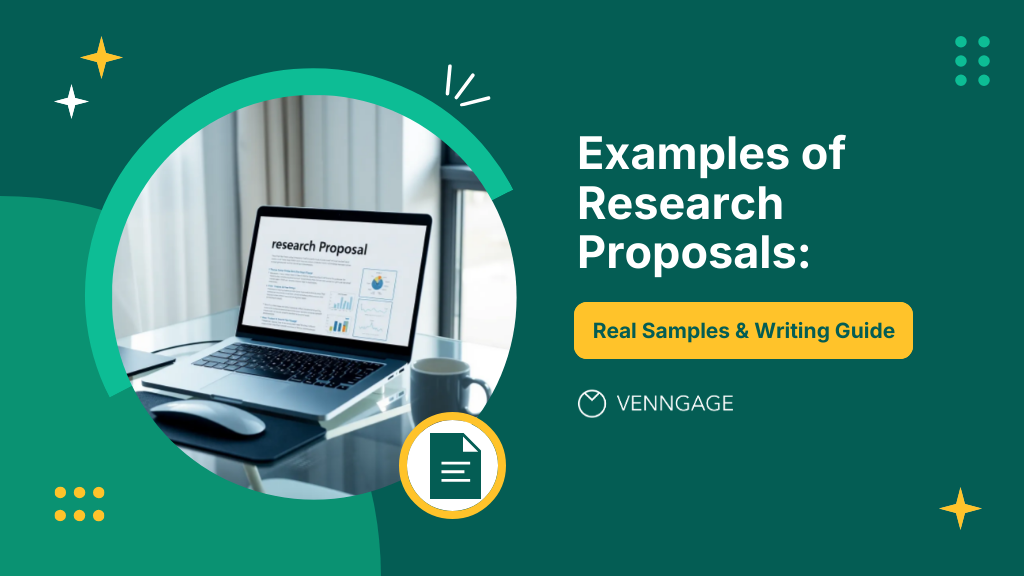
Crafting a research proposal for the first time can feel overwhelming, especially for Master’s and PhD students. You might wonder about the correct structure, what essential information to include, and how to present it effectively. This guide is designed to simplify that process.
In this article, I’ll walk you through real research proposal examples (Master’s and PhD), break down the essential sections, and then show you how to create a research proposal using research proposal templates.
What is a research proposal?
A research proposal is a concise and structured document that outlines the scope, methodology and significance of a proposed research project. It acts as a blueprint for your study.
Writing a research proposal helps you solidify your ideas, understand the flow of academic inquiry and articulate why your chosen topic truly matters to a broader audience. It provides a detailed structure for your research and ensures you follow all the steps correctly.
According to a paper published on PubMed Central, “A research proposal is a detailed description of a proposed study designed to investigate a given problem.”
Related: How to Write a Business Proposal
Real examples of research proposals (Master’s vs Phd)
Writing a research proposal takes a careful mix of qualitative and quantitative information. You need to outline the research gap, state your hypothesis, and explain the potential impact of your work. At the same time, you’ll need concrete details like budgets, metrics, and timelines to show that the project is realistic.
That’s why real examples are so valuable. They give you a clear picture of what a successful proposal looks like in practice. Examples make it easier to understand the structure, tone, and level of detail reviewers expect, so you’re not starting from a blank page.
Master’s-level proposal
A strong Master’s research proposal clearly defines a focused problem that can realistically be addressed within a one-year timeline. These proposals often explore contemporary issues with practical relevance.
For example, this research proposal focuses on the role of social media to improve agility in the fashion industry.
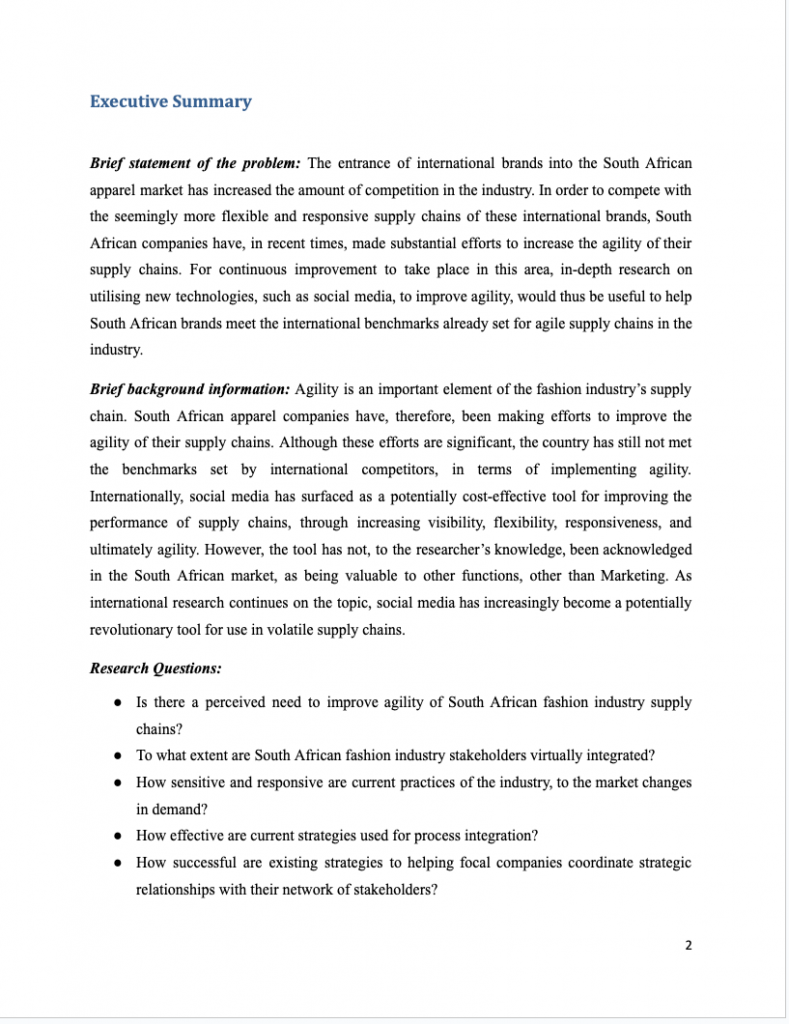
Source: Sample proposal template by Derek Jansen
It begins with a problem introduction that grabs attention, outlines the context, and isolates a knowledge gap. A focused literature review follows, synthesizing key sources and highlighting where existing research falls short.
The methodology spells out data collection, sampling strategy, and analysis tools in enough detail for a committee to see the project’s feasibility.
PhD-Level proposal
A PhD proposal must persuade reviewers that the research will reshape an entire field, not just fill a small gap. It opens with a specific, field-shaping problem statement tied to a major theoretical or global issue.
For example, this PhD-level proposal examines the blue-space study, which links chronic stress to public health costs and identifies an unexplored “blue vs. green” effect.
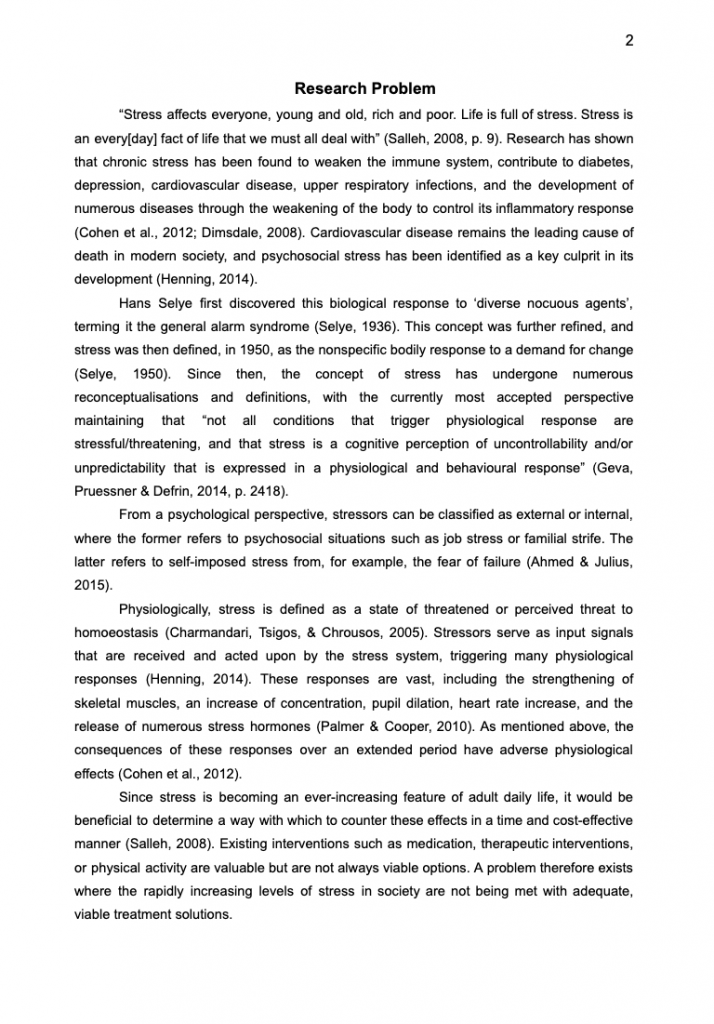
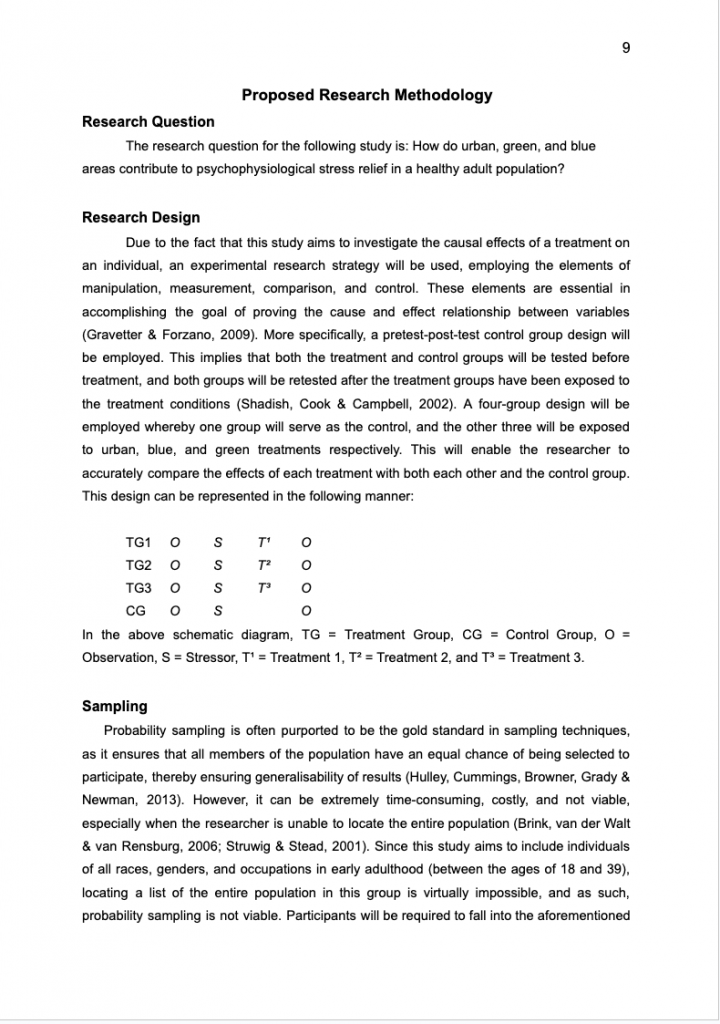
Source: Sample proposal template by Derek Jansen
The research proposal covers different sections in detail because the study usually spans across several years.
In the above research proposal, the literature map functions like a mini-book chapter, critiquing decades of studies to reveal unresolved debates. It also includes a multi-method plan, which combines quantitative and qualitative approaches with large samples and detailed ethics.
The original contribution section then demonstrates how the results could advance theory, influence policy, and set new research directions, meeting the higher bar of doctoral originality.
Related: How to Write a Product Proposal
What are the key sections of a research proposal?
Let’s understand how to structure your research proposal.
Introduction
The Introduction is your hook. Use it to show you know the field and state the problem and research questions. Make it clear why this topic matters right now.
Here are a few things to keep in mind while writing an introduction for a research proposal:
- Hook with a data point or fact: Start with a recent statistic or trend in your field to immediately show relevance.
- Name the research gap directly: Use a sentence like “While X has been studied extensively, little is known about Y in [specific context].”
- Write your hypothesis in one line: Keep it sharp, e.g. “This study tests whether social media adoption increases supply chain agility.”
- Add a sentence on impact: Spell out the so what in practical terms, e.g. “Findings could guide fashion firms in adapting faster to market shifts.”
- Limit jargon in the first paragraph: If a non-expert can’t follow your opening, rewrite it.
- End with a roadmap: Close your intro by signaling structure: “The following sections outline the objectives, methods, and expected outcomes.”
Research proposal guidelines by the University of Oxford provide a helpful tip for setting the foundation for a proposal. “In preparing a research proposal, the first thing that you have to do is to decide what it really is that you want to know more about. The questions that you want to research have to viable as a research project and lead to the creation of new knowledge and understanding.”
This Venngage research proposal template opens with a direct and clear introduction. It highlights the challenges in the agricultural sector and frames the study around how precision farming techniques can drive sustainability.
Literature review
The literature review section is a compilation of the existing research on your proposed topic. It shows that you’ve critically examined and evaluated existing research, identified key themes and debates in the field and highlighted where evidence is lacking or inconclusive.
Most importantly, it makes clear the specific gap your study will address, positioning your research as both necessary and valuable within the broader academic conversation.
“Instead of supporting an argument, or simply making a list of summarized research, a literature review synthesizes and evaluates the ideas of others on your given topic. This allows your readers to know what is being said about your given topic, how these sources compare with one another, and what gaps there are in the research.”
San José State University Writing Center
Research Design and Methodology
The methodology section explains how you’ll carry out the research. This is where you describe the data you’ll collect, who or what you’ll study and how you’ll analyze the results.
Include details such as:
- Sample size: How many participants, datasets, or case studies you’ll work with.
- Tools and methods: Surveys, interviews, statistical software, or modeling approaches.
- Timelines: A realistic schedule that shows you can complete the project within the proposed duration.
The University of Hampshire recommends “limiting the boundaries of your research question so that it is not too broad.” In other words, focus your design so it’s ambitious but still manageable.
For inspiration, the Business and Economy Research Proposal Template by Venngage provides a clear and visually structured example.
It frames research questions around economic challenges and uses modern design to present methods, data sources, and expected outcomes in a way that’s easy to follow. This template works well for business students or professionals pitching applied research projects.
Contribution to knowledge
Then zoom out to the Contribution to Knowledge and answer the big “so what?” Show how your findings will advance theory and why they matter beyond academia. Would it lead to policy changes, industry practice, or real-world problem-solving?
References, schedule and budget
Close with references, schedule, and budget to signal credibility. You can add key sources, a realistic timeline (a simple Gantt chart works), and a clear budget if needed.
Designing your research proposal with Venngage templates
Once your content is drafted, presentation is everything. A clean, professional layout instantly makes your proposal easier to read and far more persuasive. Reviewers notice when proposal design helps them follow your logic instead of fighting dense text.
Venngage’s research proposal templates give you that polished look with customizable layouts, modern or academic styles, AI-powered editing tools, and quick exports to PDF, PowerPoint, or PNG.
Here are two great options to try:
1. Simple Grey & Red Research Proposal Template
This research proposal template provides a clear structure with sections for objectives, methodology, outcomes, and references. The bold layout helps organize dense content and guide the reader’s eye.
It’s ideal for academic proposals that need to stand out (e.g., a Master’s or PhD submission) or creative fields like media, design, or social sciences.
2. Clean Minimalist Modern Research Proposal Template
This template covers essentials like abstract, background, research design, budget, and timeline in a clean, minimalist style. The simple layout helps complex details come across clearly.
You can use this template for business or funding proposals; it gives your work a professional edge without overwhelming the reader with design.
If you don’t want to start from scratch, Venngage’s AI Proposal Generator makes the process much easier. With a simple text prompt, it builds a complete proposal format filled with relevant text and visuals.
You can then customize it by editing the content, highlighting key points, swapping images, or changing icons to match your project. This way, you get a structured, visually polished draft in minutes that you can fine-tune to your needs.
Create a winning research proposal with Venngage
Once you’ve reviewed examples and understood each section, writing a research proposal feels more manageable. At both the Master’s and PhD level, a strong proposal should define the problem, show awareness of existing research, outline your methods, and highlight the potential contribution of your work.
The conclusion brings these elements together. It should restate the research gap, reinforce your objectives, and remind the reader why your study matters. Tools like Venngage can make this process easier by helping you organize content clearly and present it in a professional, easy-to-follow format.
FAQs on creating a research proposal
1. How long should a research proposal be?
Typically 5–10 pages (2,000–3,500 words): detailed enough to show depth without becoming a thesis chapter.
2. What should a research proposal include?
A strong proposal typically includes an introduction, a clear research gap, objectives, a literature review, a methodology section, expected outcomes, a timeline, and references. If you are applying for funding, you may also need to include a budget.
3. Do research proposals need references?
Yes, every research proposal should include references. Citing relevant studies shows that you have reviewed existing work, understand the current state of the field, and can position your research within that context.
4. What makes a research proposal stand out?
A proposal stands out when it is clear, focused, and feasible. Reviewers are more likely to approve a project that identifies a well-defined problem, uses achievable methods, and demonstrates potential for meaningful impact.
5. Can I use visuals in a research proposal?
Yes, visuals can be very effective in research proposals. Timelines, charts, or conceptual diagrams help reviewers understand complex ideas quickly and show that you have organized your plan logically.




























